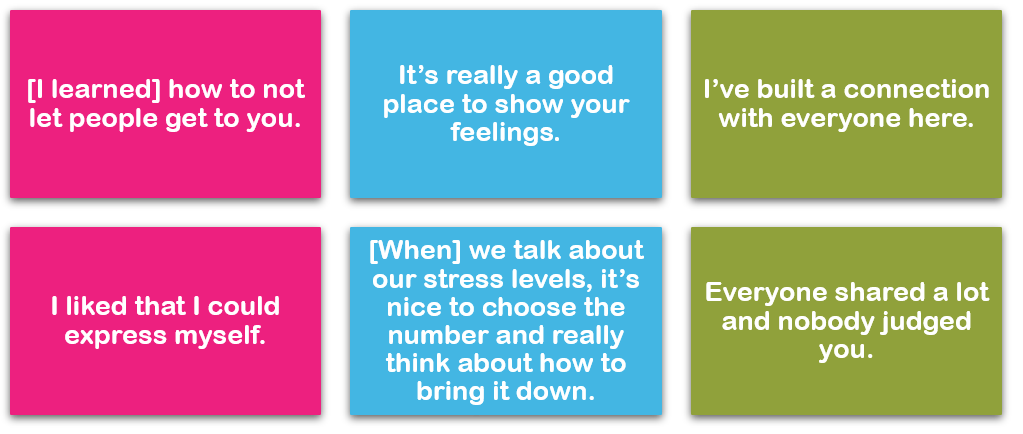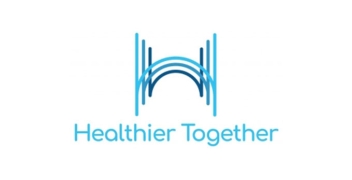Building Resilience After Violent Experiences
Building Resilience After Violent Experiences (BRAVE) is a psycho-educational peer support group for youth ages 13-18 who are impacted by trauma and/or community violence. Through this 10-week program developed by CHOP experts and young community members, youth learn about trauma and trauma reactions, develop positive coping skills, and receive social support from peers and mentors with shared experiences. BRAVE sessions are facilitated by a Master-level social worker with support of a peer mentor.
What Is BRAVE?
BRAVE utilizes a trauma-informed approach to foster recovery and resilience among youth. BRAVE is evidence informed, integrating core components of Cognitive Behavioral Therapy (CBT), with a strong focus on the power of one’s thoughts and challenging underlying beliefs that influence behavior. BRAVE also draws on elements from the Theory of Interpersonal Neurobiology, helping youth to identify the connection between mind and body, mindfulness, and resilience.
The group curriculum was first introduced in 2015 to provide:
- Psycho education around traumatic experiences and responses to trauma
- Coping skills to reduce post-traumatic stress, anxiety, and depressive symptoms
- A safe space for youth to express their concerns and give and receive mutual support from peers
Who Does BRAVE Serve?
Participation in BRAVE is limited to young people enrolled in CHOP’s Violence Intervention Program or Family Advocacy and Support (FAS) Program. Like all of our Community Violence and Trauma Support (CVTS) programs, BRAVE participation is voluntary.
The BRAVE curriculum is best implemented with youth, ages 13-18 years old, and in developmentally appropriate cohorts. We assess youth to make sure that BRAVE is the best fit to meet their needs. We have found that many youth who may not initially be receptive to traditional mental health therapy report that BRAVE participation helps them identify their traumatic stress symptoms and create a pathway for them to be open to receiving therapy.
Peer Mentors
BRAVE peer mentors are youth and young adults who have completed VIP or FAS services and participated in BRAVE themselves. Peer mentors serve as role models for current program participants, guiding youth to develop healthy and positive relationships with other adolescents. Peer mentors receive training and support from CVTS staff that extends beyond BRAVE implementation to prepare them to pursue continued educational and career opportunities.
We believe youth find meaning in working closely with peer mentors who have overcome similar adversity. Similarly, peer mentors value the opportunity to create space for youth to foster hope and continue their recovery from trauma.
What BRAVE Participants Have To Say
"[Staff] did not rush anyone, everyone had time to speak and share how much they wanted to share. They understood our flaws and our ups and downs. We were all friends. It was good being around people we can relate too...we realized how much we had in common. Most of the kids want to be on a better path...I love the group." - 16-year-old, fall 2023
"There was a feeling icebreaker... When I get angry I think about that I learned and it helps me realize that I can think about how and why it started in the first place." - 15-year-old, fall 2024





